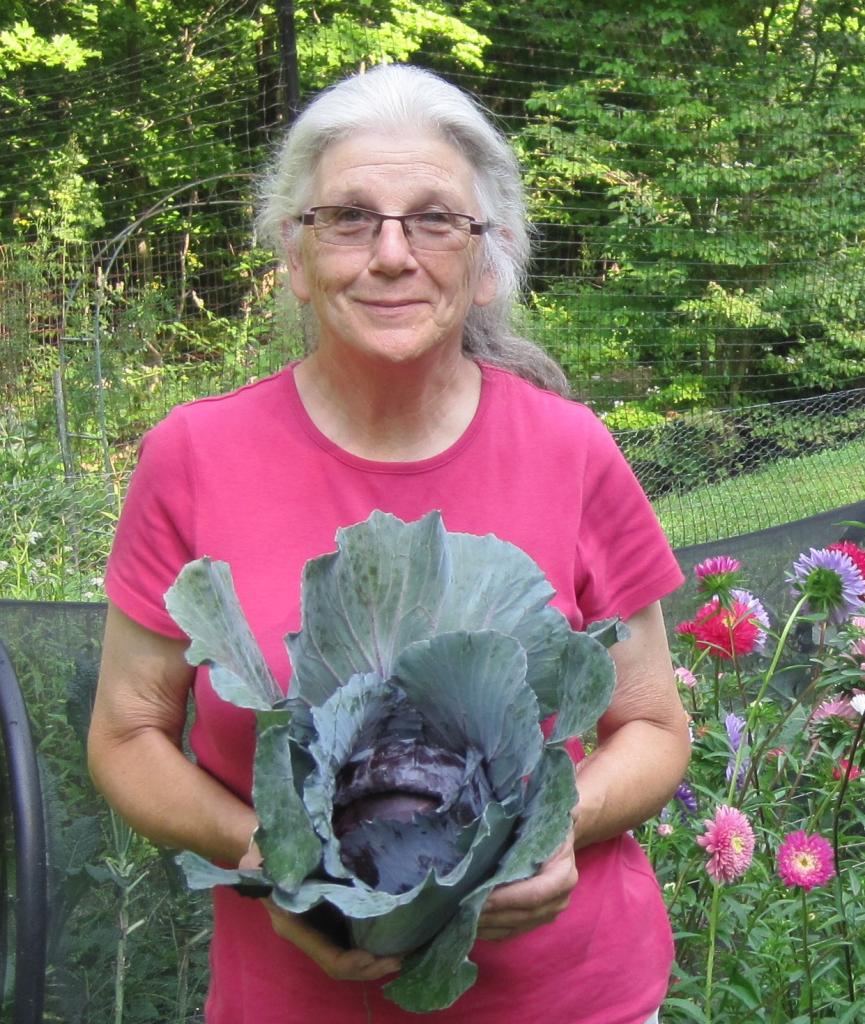Here’s a fall vegetable garden cleanup checklist with 11 tasks to do in autumn before the weather gets uncomfortably cold. If you’ve ever forgotten to clean up in the fall, you’ll also know it makes life much easier in the spring and it’s also better to clean up for the health of your garden.
When to Start Fall Cleanup
Whenever you see summer plants dying or diseased, remove them to avoid disease. But generally, fall cleanup begins after the first killing frost. Even then, we only remove dead crops or debris as it invites disease and pests. If you do not have frost in your region, a good time to start fall cleanup is when you notice annual plants fading or dying.
11 Steps for Fall Vegetable Garden Cleanup
- Remove spent plants and debris. Any diseased plants must be removed and disposed of in the trash, never added to the compost. Also remove any dead plants which will invite disease and insects. Chop beans and peas off at ground level, leaving their nitrogen-fixing roots in the soil to feed next year’s crops.
- Get your compost cooking. Break up material into smaller pieces and start (or add to) a compost pile. Imagine the rich organic matter you can add back to the garden! See how to make a compost bin and how to get your compost heap cooking! Compost everything unless it’s already diseased. If your plants had bugs or were diseased, bag them up or get those plants off your property. You don’t want to add anything to your compost pile that could harbor diseases or insects.
- Do one last weeding. Many new gardeners don’t know that weeding is more important in late summer and autumn than at any other time! Just one weed left to mature can produce hundreds, if not thousands, of seeds that will grow into weeds to plague you next year, so weed the garden one last time before you call it quits. I have been digging perennial weeds such as dock—whose roots seem to go down to China—out of the flower beds. The holes left behind are perfect spots to plant spring-flowering bulbs. Weeds such as crabgrass and thistle all develop seed heads in the late summer and fall. Never let any weeds remain in your garden beds. If your soil is hard and dry, water your garden a few hours before you weed. This will help loosen the soil and make weeding a lot easier.
- Plan out new garden beds. Fall is a great time to create new planting beds. No digging necessary! Just set your mower as low as it will go and scalp the grass, then cover the area with a thick layer of newspapers. Cover the papers with a layer of compost and top it all off with lots of chopped leaves. In the spring you’ll have a lovely new planting bed full of earthworms.
- Use those fall leaves wisely. Don’t throw out those leaves! They’re a natural mulch for your garden and a great source of soil nutrition. Rake them onto your lawn, run over them multiple times with the lawn mower, and then rake back into the perennial and shrub beds. This provides great fall and winter mulch. Also, leave a few piles of leaves in out-of-the-way places provide shelter for overwintering pollinators, beneficial insects, and wildlife. These piles can also create leaf compost for the following spring. See the best ways to use your fall leaves.
- Protect fruit trees from rodent pests. While the mower is out, mow around the fruit trees one last time to discourage mice or voles from nesting there. Install rodent guards made of fine mesh hardware cloth around the base of your fruit trees to keep mice and voles from eating the bark and killing the trees over the winter. Tree wrap material can also be useful. Find out more about keeping mice and voles out of the garden.
- Feed and protect your garden soil. Soil must be replenished with compost, rotted mature, or organic matter in the fall because the microorganisms will break it down throughout the winter. After your garden has gone dormant, lightly mix organic matter into the top 4 to 6 inches of your beds so that when spring arrives you can plant immediately without worrying about working the soil during wet weather. You can plant directly in this material next spring or turn it over into the top 6 inches. Another option is to plant “cover” crops to enrich the soil over winter.
- Consider crop rotation. If you haven’t already done so, now is the time to make a note of what plants were grown where in your vegetable garden. Don’t rely on your memory! This will help in planning next year’s planting. It is never good to grow plants in the same family in the same place year after year. Not only does it allow pests and diseases specific to that family to become entrenched, it also depletes the soil of the same nutrients each year. Learn more about crop rotation.
- Test and improve your soil. While we are talking nutrients, fall is a great time to get your soil tested to see if it’s been lacking in nutrients or has a pH that isn’t ideal for growing the plants that you have. Take a representative sample by mixing scoops of soil from several beds located around the garden instead of from just one spot. Call or email your local Cooperative Extension, which typically provides free or low-cost soil tests, or purchase a test kit from your local home improvement store or garden center. Armed with the recommendations from the test, you can apply the right amounts of the proper amendments this fall so that they will have time to break down and be available to your plants next spring. No guesswork or expensive mistakes. See more about testing your soil for a better garden.
- Plant garlic. October and November are the best time to plant garlic. The goal is to plant after temperatures have dropped significantly, but before the ground freezes. If garlic is planted too early, a tender new shoot may emerge from the ground before winter even starts, leaving the plant susceptible to cold and frost damage. If you try to plant it too late (especially in colder climates), the ground may be too frozen to dig! Garlic needs cold temperatures to produce huge yields. Read more about planting garlic in the fall.
- Remove and maintain garden supports. Remove all supports such as tomato cages, bean stakes and supports, and cucumber trellises. Wash off any soil then spray them with a two to one solution of water and bleach to kill disease. Store indoors.
Beyond the vegetable garden, clean up any perennials that have dead or diseased foliage. That said, we encourage you to allow most perennials to remain uncut through the winter, leaving seedheads and habitat for pollinators. See which perennials to cut down and which to leave for the wildlife.
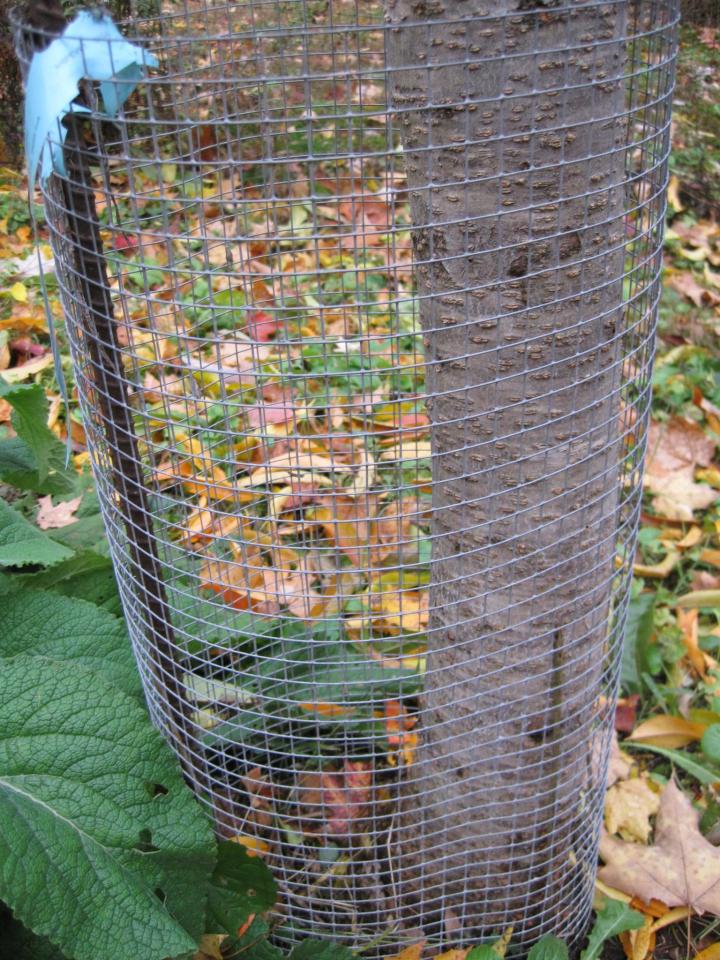 Wire mesh can help to protect fruit trees from gnawing rodents during winter.
Wire mesh can help to protect fruit trees from gnawing rodents during winter.
Which Vegetables Can Stay in the Ground
Not all vegetables need to be removed and cleaned up before frost arrives! Some vegetables are hardy or semi-hardy and can stay in the ground after frost. Check the frost dates in your area.
- Semi-hardy vegetables that can withstand light frost or air temperatures in the range of 28° to 32°F include: beets, carrots, parsnip, lettuce, chard, pea, Chinese cabbage, endive, radicchio, cauliflower, parsley and celery. For beets, carrots, and parsnips, the tops will die back, but the roots will tolerate lower temperatures.
- Hardy vegetables that can withstand heavy frost of air temperatures below 28°F include: spinach, Walla Walla sweet onion, garlic, leeks, rhubarb, rutabaga, broccoli, kohlrabi, kale, cabbage, chicory, Brussels sprouts, corn salad, arugula, fava beans, radish, mustard, Austrian winter pea, and turnip.
Cold weather doesn’t kill hardy plants; it simply slows their growth rate. Snow even acts as insulating mulch and warms the soil for these tough plants.
Even tender vegetables such as beans, cucumbers, radishes, lettuce, bok choy, and squash can be protected from frost for a couple more weeks of growth. Cover vegetables with high or low tunnels made from metal hoops and clear plastic, available from greenhouse supply companies. To protect plants, you can also use row covers or cloches. To warm the soil use mulch made from yard debris, cardboard, or newspaper. See more about how to protect your plants from frost.
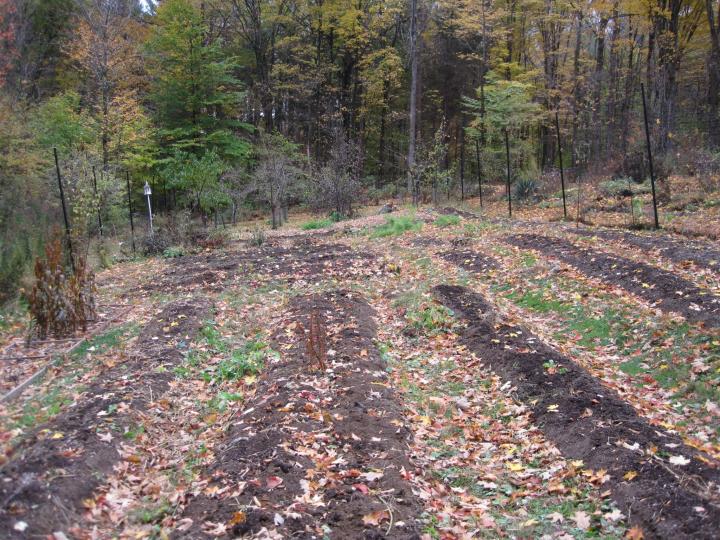
A Few More Items for the Fall To-Do List …
Before it gets too cold, take care of your garden shed, pots, tools, and equipment.
- Turn off the water to the hose and drain it completely if you’re in an area where leftover water could freeze.
- Pumps and fountains should also be removed, cleaned, and drained before storing.
- If you have a lawn mower or string trimmer, drain out the gas.
- Clean, sand, and oil your garden tools before storing them for the winter.
- Clean out cold frames if you use them for a head start on spring vegetable growing.
- Remove canes and other plant supports; wipe off soil with soapy water, let them dry, and store them in a shed or garage.
- Bring ceramic and clay pots inside, or they may crack in freezing temperatures. Dump the soil on your garden bed and sterilize the pots with a diluted bleach solution.
- Don’t stack pots; it’s hard to get them unstuck in the spring.
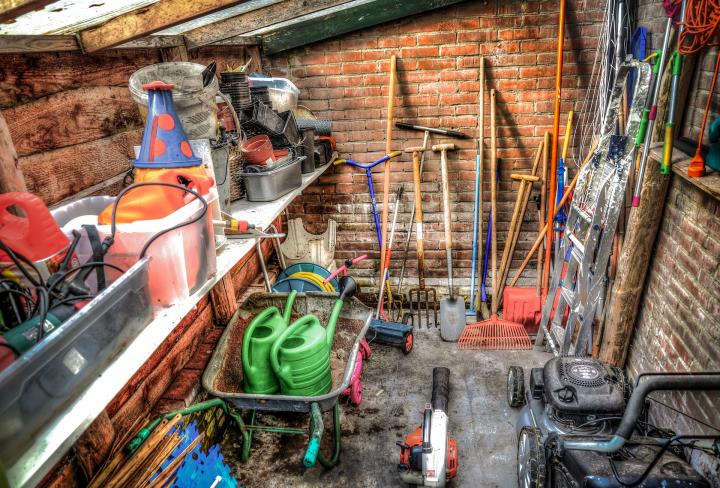
Are we missing anything from our fall cleanup? Let us know below.
And find more tips on preparing the garden for winter here.

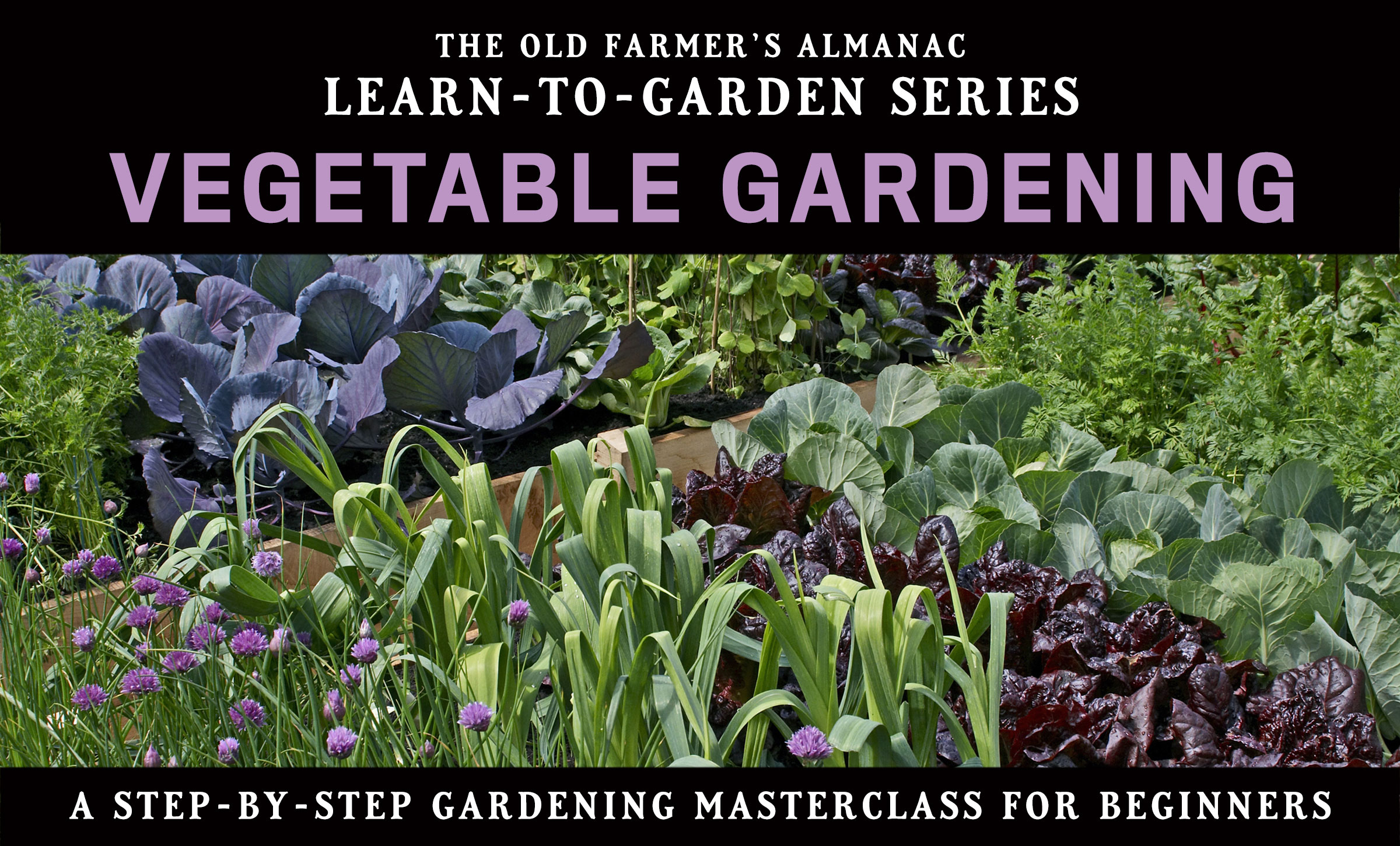

 Wire mesh can help to protect fruit trees from gnawing rodents during winter.
Wire mesh can help to protect fruit trees from gnawing rodents during winter.

